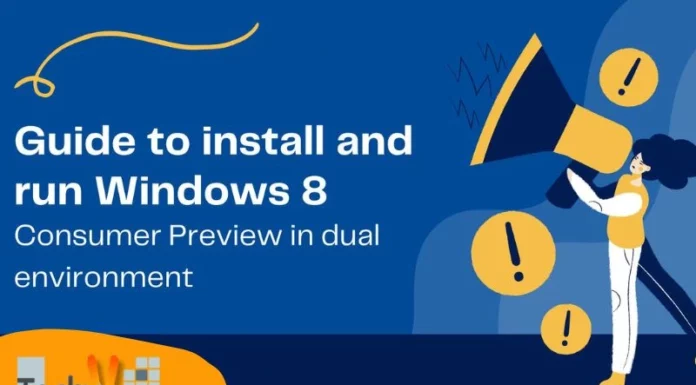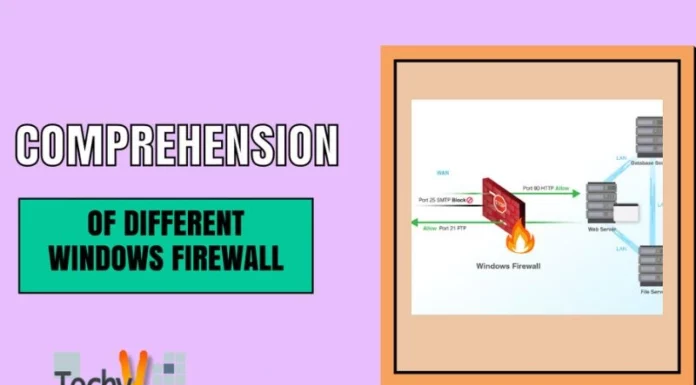Windows 2008 New Feature – Read-Only Domain Controllers (RODC)
When we talk about the Windows 2008’s new feature, ‘Read-Only Domain Controller (RODC)’, it’s the latest kind of domain manager in the said Window. The major reason for it is for advance protection in agency divisions. The following are some of the main points that describe the functionality of this new feature added to windows 2008:
Dependable MSI Covering
Admin-Studio
- It allows you to create dependable MSI packages
- You can use it to narrow down up to 70% of time for MSI packaging
- With the help of this tool, you can transfer apps to Win 7
- It offers you an automated compatibility testing for ‘AOK’
- It gives you the opportunity to alter to ‘App-V’ 9x quicker
Vitally Administer App Profile
In some parts of the agency, it is usually not so straightforward to supply adequate personal protection for the servers. It’s not a large-scale deal to control a Windows scheme, especially if you can get personal access to it. As the Domain controllers shop protection perceptive facts and numbers, they’re especially in danger of extinction. Read-Only Domain Controllers can assist you with this very problem in 4 different ways:
1. RODC Basics
a. Features of Read-only
An interloper on the Read-Only Domain Controllers is unable to control the database of an Active Directory.
b. DNS Security
If a DNS server is being hosted by the RODC, the interloper would not be adept to corrupting of the DNS information.
c. Password Security
A malevolent client would not be adept to get access to the passwords utilizing a bully power threat. This eliminates concerns in such cases if the caching of password is handicapped on the Read-Only Domain Controllers.
d. Admin Role Parting
One may hand over a localized Admin function to a domain consumer.
2. Read-only Domain Controller
a. A Read-Only Domain Controller retains overall AD attributes and related things
b. It just props up unidirectional duplication of AD alterations, for instance, from plantation to RODC.
c. If a submission desiring composition, gets access to the AD stuff, and the RODC will drive an LDAP transfer answer, which will forward submission to a compose able domain controller
3. DNS Protection
a. The running DNS server on a Read-Only Domain Controller does not prop up energetic updates
b. If a purchaser likes to revise its DNS history, it will drive a transfer for compose able DNS server
c. Then, the purchaser can revise contrary to that DNS server
d. Next, this lone history will be duplicated through compose able ‘DNS server’ to the ‘RODC DNS server’
4. Password Defense
a. RODC does not shop client or PC data by default. Here, the single exclusion is PC account of RODC and an exceptional ‘krbtgt’ account
b. Passwords can be cache by an RODC
c. If it doesn’t cache passwords, it’ll forward authorization demand to compose able ‘DC’
d. The Password Duplication Policy works out the client assemblies for the ones the caching of passwords will be permitted
Apart from all these points, the following points will also help you better understand how RODC works:
i. A domain client with an admin function on the ‘RODC’ does not need to have a domain administrator
ii. A domain client with an admin function can manage up-keeping of tasks on the ‘RODC’ for example establishing application
iii. If an interloper gains access to the documents of this localized managerial account, he won’t be adept to have alterations on other domain controllers
The RODC notion depends upon a standard known as, ‘guarded Kerberos allocation’ that sequentially desires worth-connected duplication. Therefore, the obligation is for the Win Server 2003 domain and the level of plantation operation. Additionally, the obligation for Win Server 2008 DC through which, you need to broadcast, is conceived as Win Server 2003 DC that’ll glimpse ‘RODC’ as a standard PC in order to demonstrate a workstation.
Definitely, the Win Server 2008 DC is possibly a lone issue of malfunction, so one should deploy more than one. As far as the guarded Kerberos authorization is concerned, it functions as under:
i. As part of the account like ‘krbtgt’ which currently lives in the domain, every RODC needs to have its private account like ‘TGT’, which is conceived in the pattern ‘krbtgt_identifier’ in alignment to the topic of its private Kerberos that permits non-cooperating domain protection.
ii. A client endeavors to sign in at an isolated location, their documents will primarily be authenticated through the localized RODC
iii. As the hashes of password are exposed from RODC duplication, if it’s the consumer’s 1st sign in try, or if they’re not in ‘Allows RODC Password’ assembly, then the authorization demand will certainly be forwarded over the WAN to a complete DC. Similarly, on returning permit, the RODC requires a complete DC administering Win Server 2008 DC duplicate; a lone ascribe that is later saved for future sign-ins.
iv. If a sign in is authorized through the ‘RODC,’ you’ll be issued with a localized Kerberos permit. This localized permit won’t be legitimate in another location on the domain and demands to get access to other assets will be mentioned to a complete DC administering Win Server 2008.
v. It is likely to compel inbound duplication to the RODC for a characterized anthology of clients; although this very data can rapidly become useless.
Why Use it?
According to a real-world scenario, the usage of this very new feature added to the Windows 2008 is rapidly increasing, because most of the firms do have their IT departments handle their entire demands for AD anecdotes they use. The reasons of using this new feature are:
- No one can either sign-in or attempt to break the Active Directory
- No one can rob it and avail anything valuable
- If you’re having an Active Directory or DNS read-only domain controller, you need not worry about endeavors to control the facts and numbers on the DC
- If any one of the cartons falls short, it allows you to easily restore it back
















